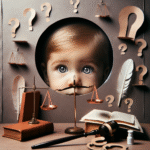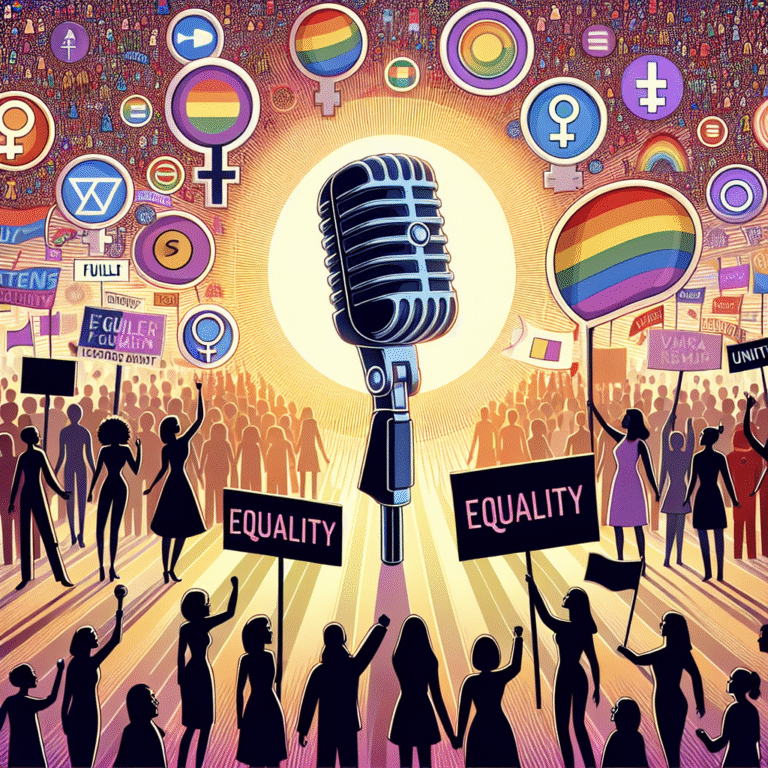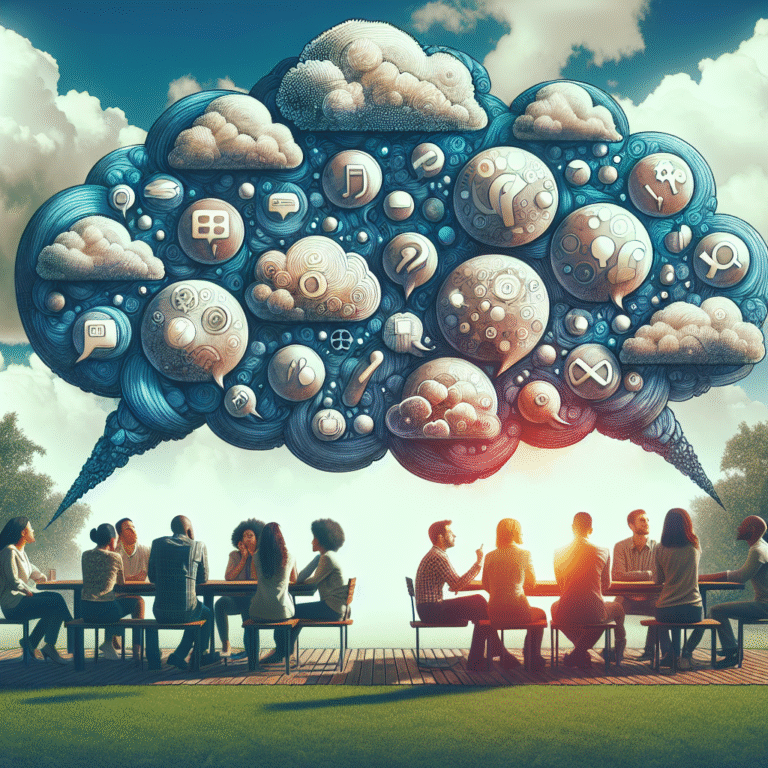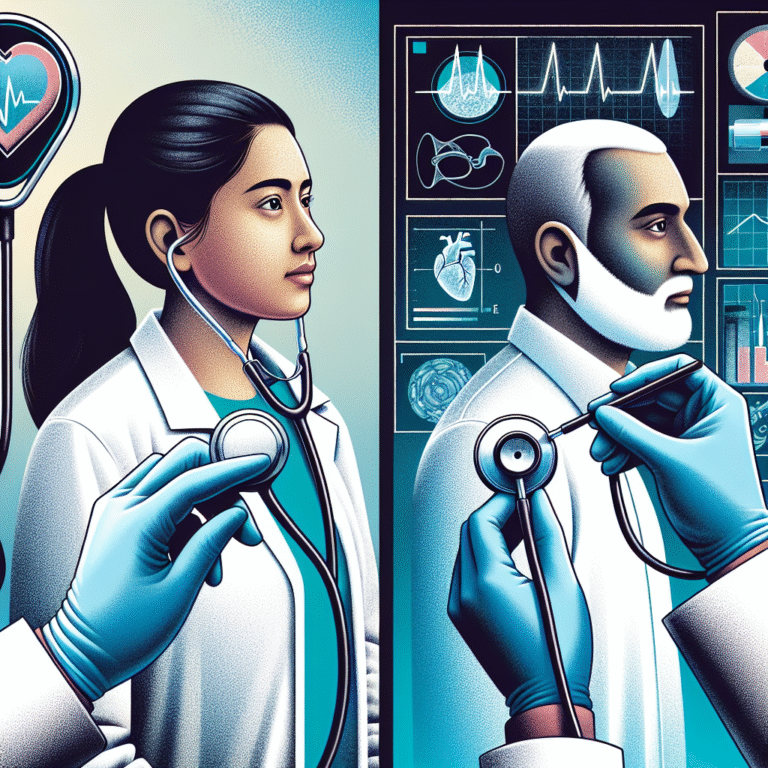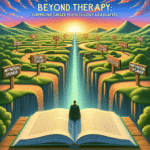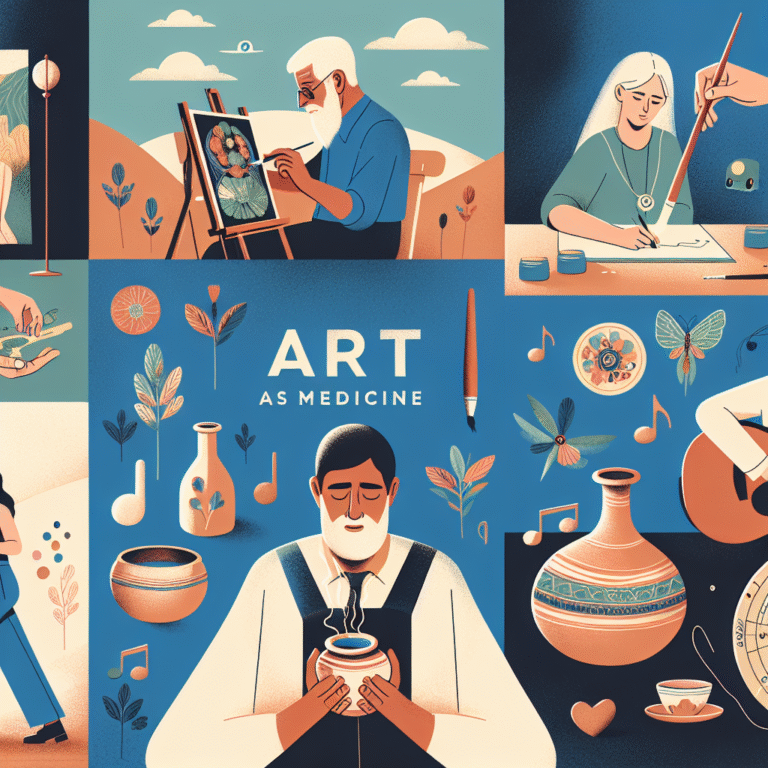
Introduction
The journey of femininity is a rich tapestry woven from the threads of culture, politics, and social change. From the suffragettes of the early 20th century to today’s movements advocating for gender equality, the narrative of femininity has evolved, presenting challenges and opportunities for women across the globe. Understanding The Evolution of Femininity: How History Shapes Modern Women not only allows us to appreciate the strides made but also helps us to navigate the nuanced landscape of gender today. This article delves into the significant milestones in the evolution of femininity, exploring how past struggles and victories shape the identity of modern women.
The Historical Framework
Early Civilizations: The Roots of Femininity
In ancient societies, femininity was often tied to reproductive roles, with women’s primary functions labeled as mothers and caregivers. In many cultures, such as those in Mesopotamia and Egypt, women’s roles were largely domestic, yet they were celebrated in some religious spheres. Goddesses like Isis and Inanna symbolized female strength and spirituality, reflecting an early recognition of feminine power.
Case Study: Ancient Egypt
Women in ancient Egypt enjoyed rights that were quite progressive for their time, including the ability to own property, initiate divorce, and manage businesses. This duality of femininity—as both a domestic figure and an empowered individual—set the stage for future generations.
Relevance: This early history demonstrates a foundational aspect of women’s identity, showing that femininity is not merely tied to the domestic sphere but also encompasses power and agency.
The Middle Ages: Chivalry and the Idealized Woman
With the onset of the Middle Ages, the concept of femininity shifted. The era’s chivalric code heralded a new vision of women, idolizing their purity and virtue. Women were often portrayed as paragons of morality, elevating femininity to a pedestal but simultaneously constraining it within rigid societal roles.
Case Study: Courtly Love
The literary tradition of courtly love celebrated women as unattainable ideals. This movement not only romanticized the female experience but also produced a cultural script that defined feminine virtue, placing women in roles that were revered yet limiting.
Relevance: The idealization of women during this era laid the groundwork for societal expectations of femininity that would linger for centuries.
The Enlightenment: Women’s Rights and Intellectual Awakening
The Enlightenment era heralded a whirlwind of philosophical inquiry and social change, with women stepping beyond the confines of domesticity to advocate for their rights. Figures like Mary Wollstonecraft urged society to reconsider traditional views on femininity, thereby laying the groundwork for future feminist movements.
Case Study: A Vindication of the Rights of Woman
Wollstonecraft’s work questioned the prevailing notions of women’s inferiority and emphasized education, freedom, and empowerment. This intellectual revolution marked a pivotal moment in The Evolution of Femininity: How History Shapes Modern Women, fueling demands for equality and representation.
Relevance: The Enlightenment framed the fight for women’s rights as not just a battle for equality but as a necessary correction to society’s understanding of femininity.
The 19th Century: Suffrage and Changing Social Norms
As the fight for women’s suffrage gained momentum in the late 19th century, femininity became synonymous with activism. Women organized and protested for their voting rights, becoming increasingly visible in public life.
Case Study: The Seneca Falls Convention
The 1848 Seneca Falls Convention marked a watershed moment in the feminist movement, where the Declaration of Sentiments was signed. This document called for equal rights, including the right to vote, challenging the established norms of femininity.
Relevance: The suffrage movement highlighted the intersection of femininity and civic engagement, illustrating how women could assert their identity beyond traditional expectations.
The 20th Century: Beyond the Domestic Sphere
World Wars I and II transformed the societal landscape, as women entered the workforce in greater numbers than ever before. This era significantly shifted perceptions of femininity, as women began to be seen as more than caregivers and homemakers.
Case Study: Rosie the Riveter
The iconic image of "Rosie the Riveter" emerged during World War II, symbolizing women’s contribution to the war effort. This character encapsulated the idea that women were capable of performing "men’s work," challenging long-held beliefs about femininity and capability.
Relevance: Rosie’s emergence marked a dramatic redefinition of femininity, forging links between women’s labor and national identity.
Modern Implications of Femininity
The Rise of Feminism: Waves of Change
The latter part of the 20th century saw the onset of second-wave feminism, which broadened the conversation around femininity to include issues of equality in the workplace, sexual liberation, and reproductive rights.
Case Study: The Equal Rights Amendment (ERA)
Though the Equal Rights Amendment was never ratified, its attempt to enshrine gender equality into law inspired generations. This movement solidified the idea that femininity should not be synonymous with subservience.
Relevance: By pressing for legal recognition, the ERA represented the ongoing struggle against gender-based discrimination, directly influencing modern women’s rights.
The Intersectionality of Feminism
Today’s feminism acknowledges that femininity is not monolithic; it intersects with race, class, sexuality, and other identities. This understanding has propelled movements led by women of color and LGBTQ+ individuals, further expanding the narrative.
Case Study: #MeToo Movement
The #MeToo movement revealed the pervasiveness of sexual harassment and assault, emphasizing the importance of inclusivity in the discourse surrounding femininity and gender relations.
Relevance: By recognizing diverse experiences, the movement illustrates how history continues to shape modern femininity, urging a collective response to systemic oppression.
The Influence of Pop Culture
Media plays a significant role in shaping perceptions of femininity. As pop culture evolves, so too do the representations of women—highlighting power, independence, and complexity.
Case Study: The Impact of Television Shows
Shows like "Sex and the City" and "The Handmaid’s Tale" have portrayed a variety of female experiences, enriching the conversation around what it means to be a woman in contemporary society.
Relevance: These representations enable women to see multifaceted portrayals of femininity, fostering a dialogue about identity that’s reflective of historical struggles and triumphs.
Key Challenges Facing Modern Women
As we reflect on The Evolution of Femininity: How History Shapes Modern Women, it is critical to acknowledge ongoing challenges. Gender pay gaps, underrepresentation in leadership roles, and persistent stereotypes continue to impact women today.
The Gender Pay Gap
Despite the strides made, women still earn less than men for the same work. This economic disparity serves as a reminder of the systemic barriers rooted in historical perceptions of femininity.
Mental Health and Societal Expectations
The pressure to embody idealized images of femininity can lead to mental health challenges. Women often face unrealistic expectations, exacerbated by social media and popular culture.
Conclusion
The evolution of femininity is a testament to the resilience and agency of women throughout history. Understanding The Evolution of Femininity: How History Shapes Modern Women empowers us to appreciate the rich historical context of current struggles and triumphs. As modern women, it is crucial to continue advocating for equality, drawing strength from the narratives of the past while forging paths forward.
Actionable Insight
Reflect on the stories and struggles of women who came before you. Advocate for change in your communities and embrace your unique identity as part of the evolving narrative of femininity.
FAQs
1. What are the origins of modern femininity?
Modern femininity has roots in ancient societies, evolving through historical events like the suffrage and feminist movements.
2. How can understanding history help modern women?
Understanding the historical context of femininity helps women navigate contemporary gender issues more effectively, highlighting the struggles and victories of past generations.
3. What role does pop culture play in shaping femininity?
Pop culture influences societal perceptions of femininity by portraying diverse female experiences and characters, which can empower or reinforce stereotypes.
4. What is intersectional feminism?
Intersectional feminism recognizes how various forms of identity—such as race, class, and sexuality—intersect with gender, creating unique experiences for women.
5. Why is it important to continue discussing femininity?
Continuing the discussion around femininity is essential for addressing ongoing challenges and advocating for systemic change in society.
By engaging with these conversations, we contribute to a legacy of empowerment, support, and growth for future generations. The journey of femininity is an ongoing narrative, and each one of us plays a role in shaping its future.

